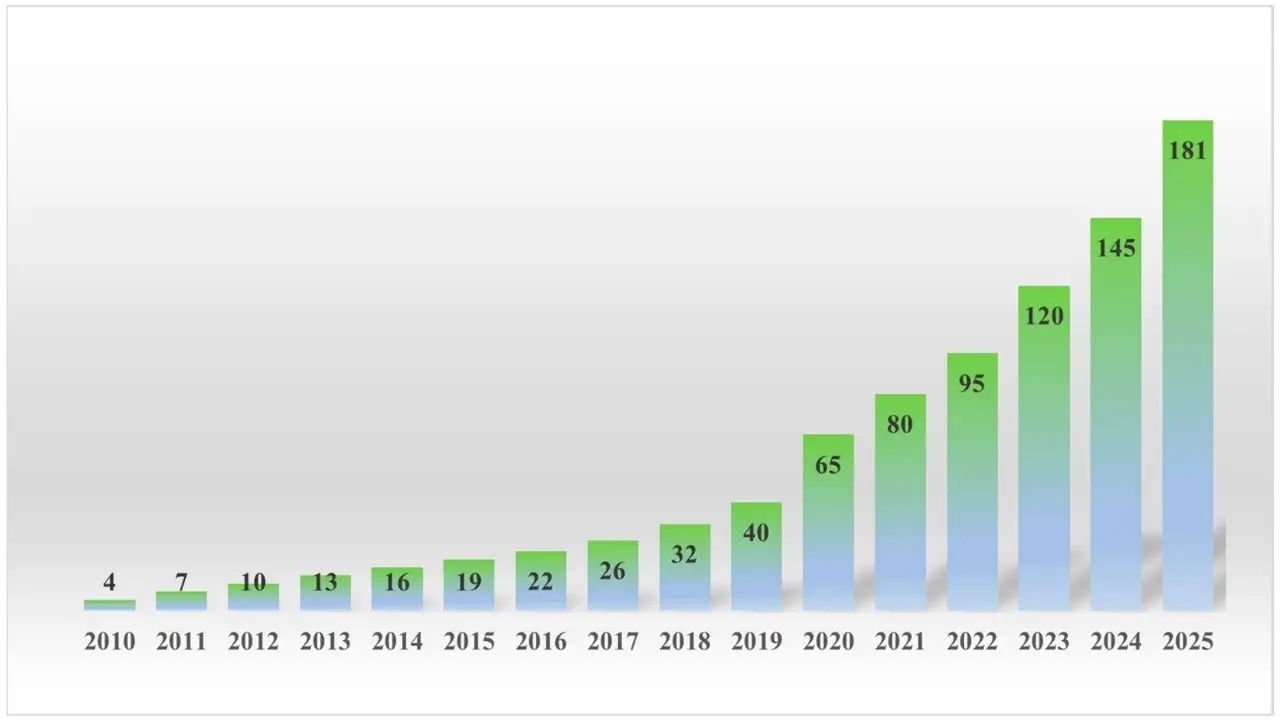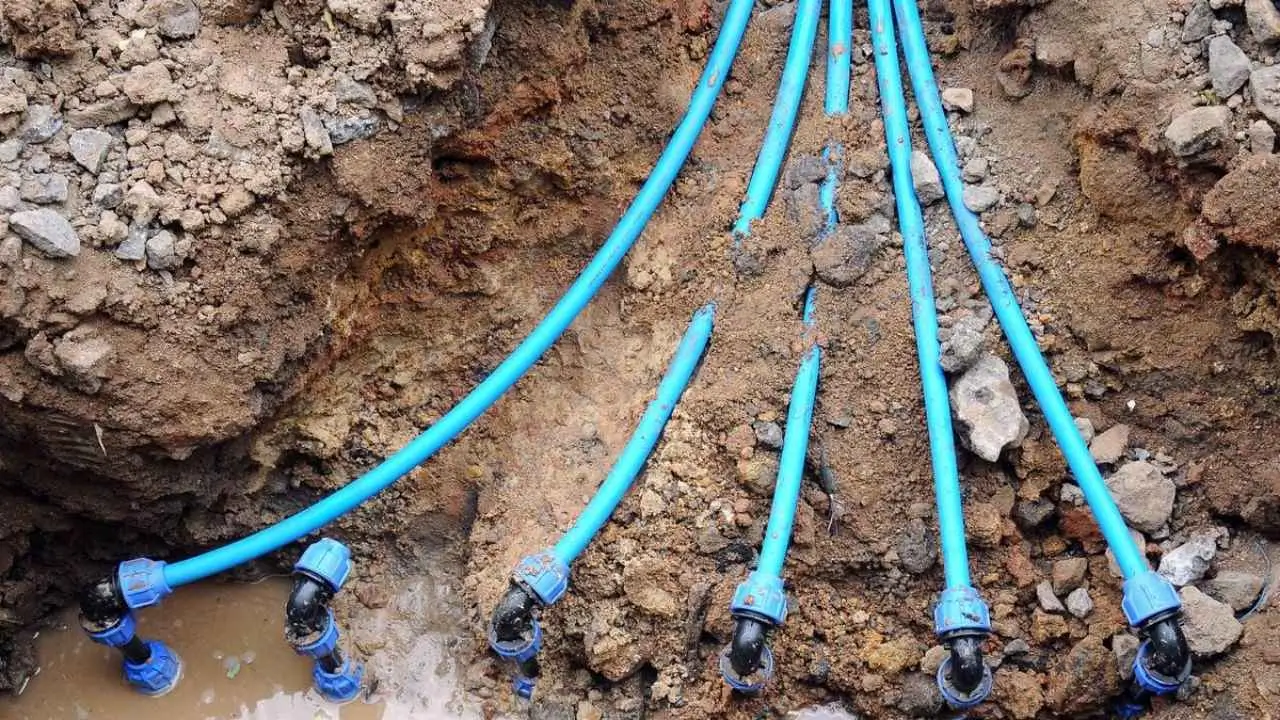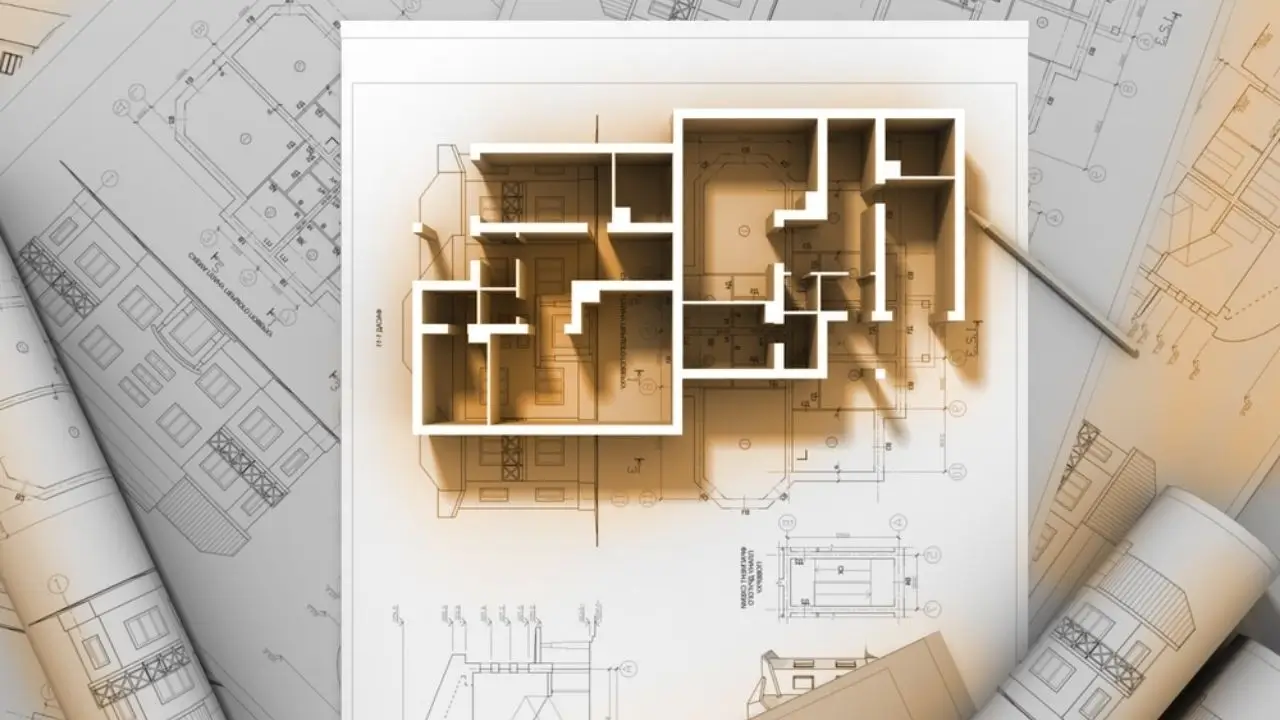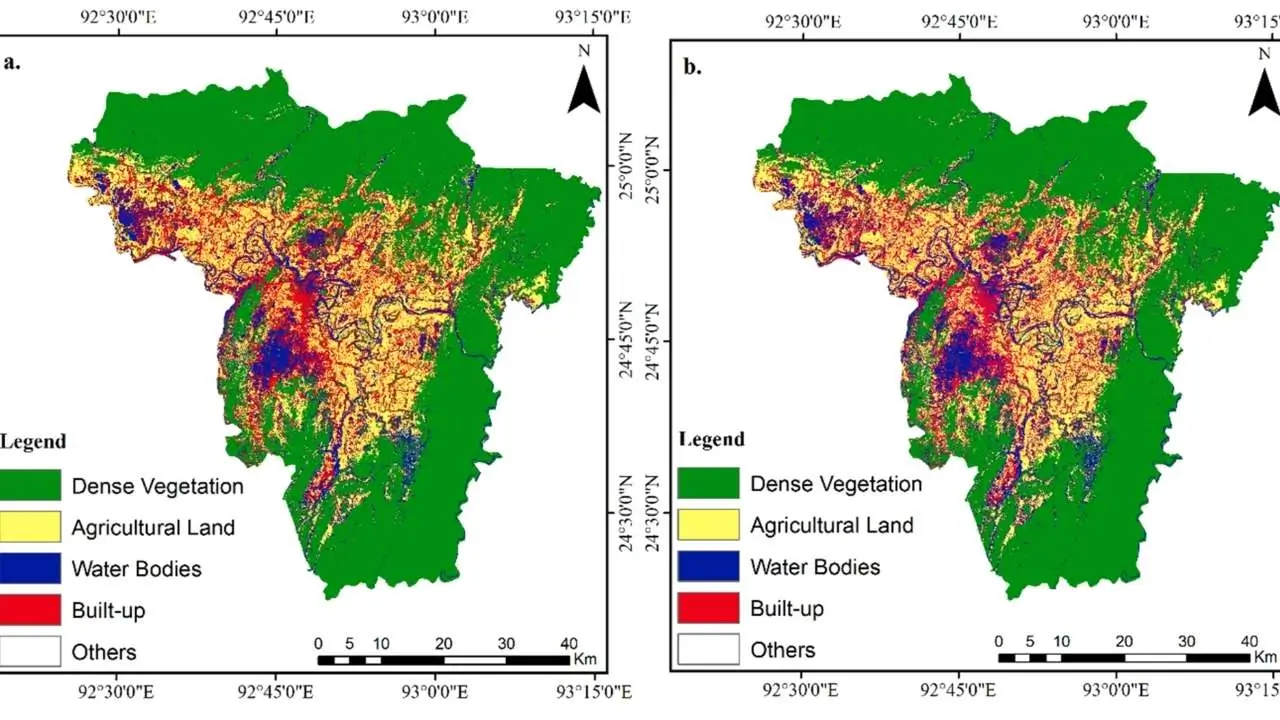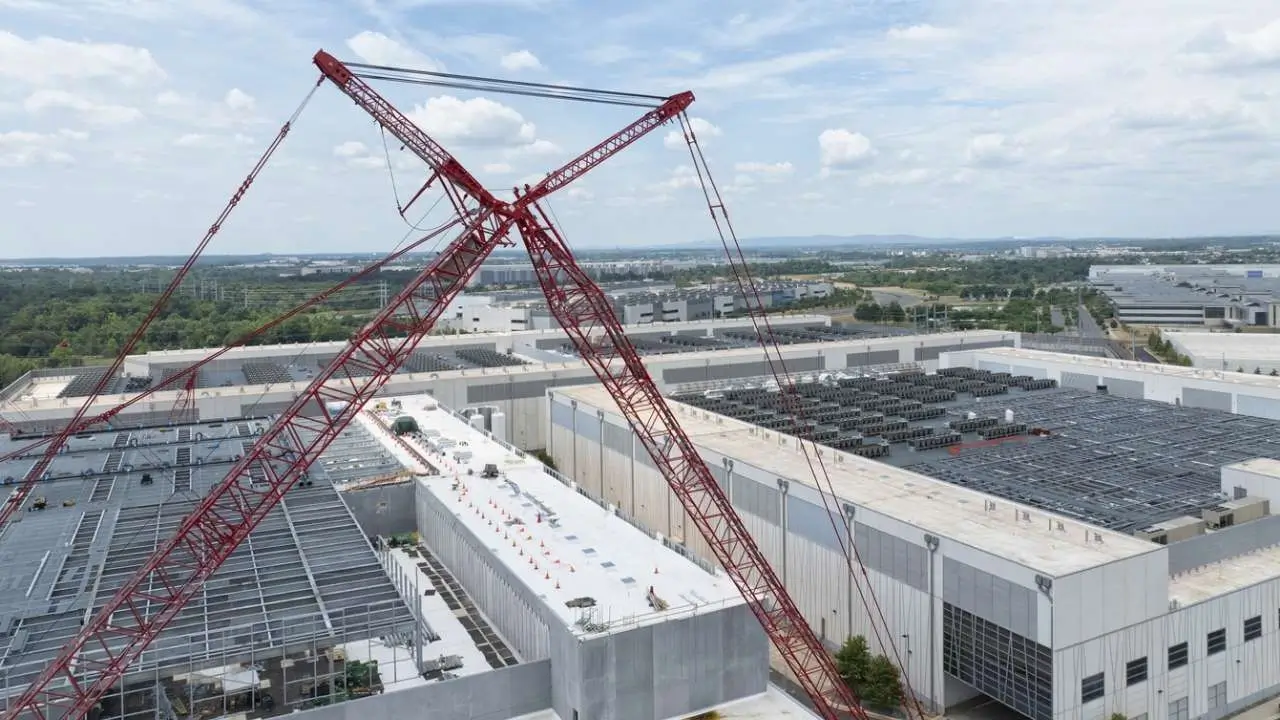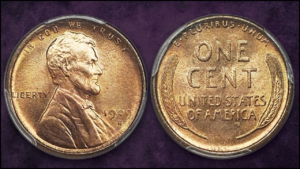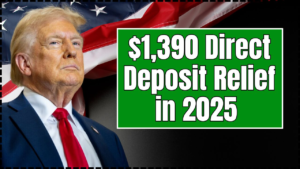Logan, a city known for its dynamic growth, is currently experiencing a significant shift in its retail sector. As commercial developments surge, the city’s retail environment is adapting to new consumer behaviors, technological advances, and changing economic factors. This analysis explores the evolving trends in Logan’s commercial development, emphasizing the key drivers of transformation.
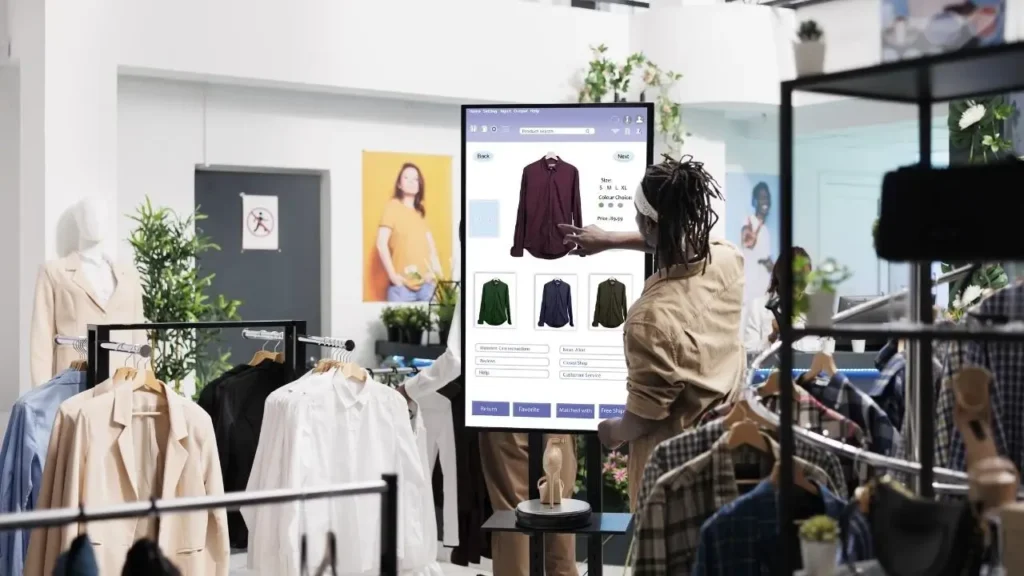
The retail sector in Logan is undergoing a profound transformation, influenced by evolving consumer preferences, technological innovations, and a push toward sustainability. With a growing focus on mixed-use developments, e-commerce integration, and enhanced customer experiences, Logan’s retail landscape is adapting to the needs of today’s shoppers while positioning itself for future success.
As these trends continue to shape the city’s commercial environment, Logan is proving to be at the forefront of a new era in retail development. With the combination of flexible, eco-friendly spaces, diverse tenant mixes, and community-centered designs, the city is well on its way to becoming a model for urban retail innovation. The future of Logan’s retail sector is bright, promising exciting developments that will benefit both businesses and consumers alike.
Key Trends in Retail Development in Logan
In recent years, Logan’s retail market has been marked by substantial commercial development. Retail spaces are being reimagined to meet the demands of modern consumers, with an emphasis on convenience, experience, and sustainability. Trends such as e-commerce integration and mixed-use spaces are becoming increasingly prominent in shaping the city’s commercial development.
The rise of mixed-use developments in Logan is a direct response to the growing desire for urban environments where people can live, work, and shop in proximity. These developments often include residential units, office spaces, and retail outlets all within one complex. This trend is expected to continue as the city focuses on creating more self-sufficient, walkable neighborhoods.
E-Commerce Integration and Its Impact on Physical Retail
As the popularity of online shopping continues to rise, brick-and-mortar retailers in Logan are integrating e-commerce capabilities into their business models. This includes offering click-and-collect services, where customers order products online and pick them up in-store, and creating seamless omnichannel shopping experiences that bridge the gap between the physical and digital retail environments.
A growing number of local retailers are also investing in their online presence, allowing them to reach wider audiences and increase sales. These developments are designed to offer customers flexibility and convenience while also providing the tactile experience that physical stores provide. As retail strategies shift to meet online shopping trends, physical stores in Logan are becoming increasingly reliant on technology to maintain their relevance.
Sustainability and Green Building Practices
Sustainability has become a major focus in Logan’s commercial development sector. Retail developers are increasingly prioritizing green building practices, which not only contribute to environmental conservation but also appeal to the growing consumer preference for eco-friendly businesses. Energy-efficient designs, renewable energy sources, and waste-reduction practices are now being integrated into new retail developments.
Energy-efficient designs, like solar panels and green roofs, are being included in Logan’s retail spaces as part of broader efforts to reduce carbon footprints. Such eco-friendly features are not only important for meeting regulatory requirements but are also proving to be an attractive selling point for tenants and shoppers alike. As the push for sustainability grows, retail spaces in Logan are being developed with the future in mind, setting the stage for more energy-conscious building practices in the city.
Retail Experience as a Driver of Traffic and Engagement
As traditional retail experiences shift, businesses in Logan are focusing more on creating immersive, engaging environments for consumers. Retailers are investing in technology-driven experiences such as augmented reality (AR), interactive displays, and personalized services. These innovations aim to enhance customer engagement and encourage longer visits, countering the rise of online shopping.
Retailers are now striving to create spaces that offer more than just products—they aim to offer experiences that draw in customers. From interactive product demonstrations to virtual try-ons, the goal is to provide an experience that can’t be replicated online. These initiatives are proving effective, as in-store visits are now viewed by many as an opportunity to engage with a brand in a more memorable and interactive way.
For example, a number of Logan’s larger shopping centers have implemented innovative technologies that allow customers to interact with digital displays, access virtual shopping assistants, and receive personalized recommendations based on their shopping history. These changes are transforming the retail landscape and encouraging foot traffic to remain strong despite the growing dominance of e-commerce.
The Future of Logan’s Retail Landscape
Looking ahead, the future of Logan’s retail sector will likely be shaped by ongoing technological advancements, changing consumer preferences, and the need for sustainability. Developers and business owners are continuing to innovate to meet these demands, with an increasing focus on flexibility in retail design, allowing spaces to be easily adapted to future trends.
The trend of pop-up shops and short-term leases is expected to grow, offering businesses the flexibility to experiment with new concepts and engage with different customer segments without the long-term commitment of traditional retail spaces. This approach allows retailers to stay agile and respond quickly to changing market conditions. Pop-up shops are often focused on creating unique, limited-time experiences that attract consumers looking for something new and exciting.
Moreover, Logan is embracing community-driven spaces that promote local engagement. Retail developers are increasingly creating spaces that foster connections within the community, blending shopping with social interactions and cultural activities. These developments not only help build a sense of local identity but also support small businesses that are integral to the area’s unique character.
The shift toward more flexible and community-centric spaces signals a broader cultural shift in retail, one that prioritizes experience over traditional transactional models. Retail spaces in Logan are becoming more dynamic and multifaceted, reflecting the city’s evolving needs and values.
Retail Adaptation to Consumer Preferences
Logan’s retail environment is also becoming more attuned to the evolving preferences of local consumers. Today’s shoppers are more informed, mobile, and value-conscious than ever before. In response, retailers in the city are focusing on providing better value, convenience, and personalized services.
Consumers are increasingly looking for convenience and quality, which has led retailers to rethink product offerings and services. In particular, there is a growing emphasis on offering a mix of both high-end and affordable products, creating more diverse options for customers. At the same time, customer service is being emphasized as retailers seek to enhance the in-store experience through more personalized interactions and tailored services.
Technology has also played a pivotal role in this shift, with retailers leveraging big data and AI to provide customized shopping experiences. For example, advanced customer relationship management systems are allowing retailers to track individual preferences and suggest products based on previous purchases. This level of personalization helps build stronger relationships with customers and improves their shopping experience.
The Role of Infrastructure in Retail Development
Infrastructure developments are playing a crucial role in shaping the future of retail in Logan. The city’s expanding transportation network, including improved public transit and better road access, is making it easier for consumers to visit retail centers. Better connectivity encourages greater mobility, facilitating more frequent trips to shopping districts and malls.
Logan is also investing in the development of green spaces and pedestrian-friendly areas, making it more accessible and enjoyable for people to visit retail destinations. These urban enhancements are contributing to a more vibrant, sustainable retail ecosystem, with residents and visitors alike benefitting from the improved environment.
As these infrastructural developments continue, Logan is positioning itself as a hub for both commerce and leisure. The city’s focus on creating attractive, well-connected spaces is helping retail centers thrive and solidify their place in the community. The blending of commercial, residential, and leisure spaces will help create a balanced urban environment that appeals to a broad demographic.
The Shifting Retail Tenant Mix
Logan’s retail development is also shifting the types of tenants in its commercial spaces. Traditionally dominated by large chain stores, shopping centers are now seeing a more diverse mix of tenants. Independent retailers, local artisans, pop-up shops, and service providers are becoming increasingly common, offering a more varied and vibrant retail experience.
This diversity in tenants reflects a broader trend in consumer behavior, where shoppers are seeking more unique and personalized experiences. As large national chains face growing competition from online retailers, they are increasingly sharing space with smaller, independent businesses that can offer niche products and personalized services.
Additionally, service-based businesses such as fitness centers, wellness clinics, and food delivery services are playing an important role in redefining retail in Logan. These non-traditional retail tenants are contributing to the growing trend of “experiential” retail, where the focus is on services that enhance quality of life.
Behind the Boom: What’s Fueling Logan’s Unexpected Growth Surge in 2025
FAQs About The Changing Face of Retail
What is the future outlook for Logan’s retail sector?
Logan’s retail sector is expected to continue evolving, with significant growth in mixed-use developments, e-commerce integration, and sustainable building practices. Retailers are likely to focus more on creating experiences that blend physical and digital shopping.
How is sustainability influencing retail development in Logan?
Sustainability is a key focus in Logan’s commercial developments, with many new projects incorporating energy-efficient designs, renewable energy, and eco-friendly materials to meet growing consumer demand for sustainable businesses.


